When I decided to visit Nuremberg (located in Bavaria, eastern Germany), I didn’t know much about the city apart from the Playmobil Fun Park I went to 10 years ago, and, of course, the trials that took place there between 1945 and 1946. While this second ranks among the most important moments in the history of the city and of Germany as a whole, Nürnberg definitely has a lot more to say in matter of history; from the city’s urbanism evolution over time to the different populations who travelled its cobbled streets, this journey brings us back a few centuries ago.
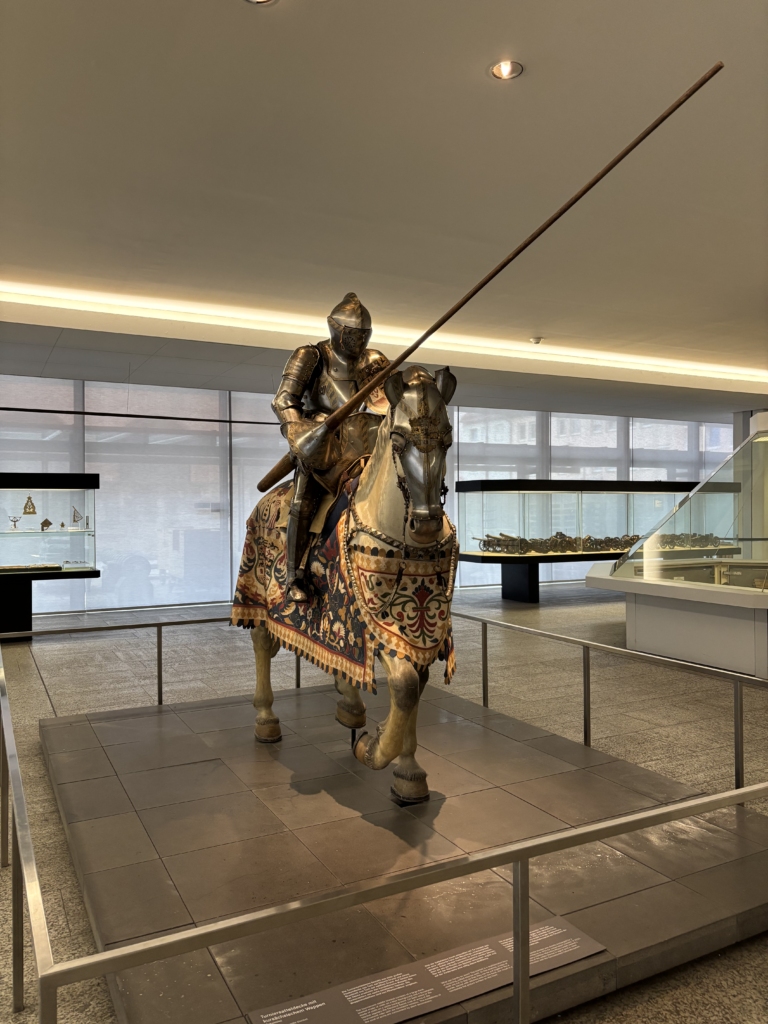
The Germanic symbols that populate the city and which, fortunately, have all been preserved in their original form are a fondamental evidence of the city’s evolution from an imperial city in 1212 under Frederick II to its loss of independence under Napoleon (who assigned Nuremberg to the Kingdom of Bavaria).
These transitions from one era and state to another are particularly evident in the country’s coat of arms. Here below, you will find three coats of arms that were commonly used between the 14th century and during the renaissance. The first (left) and second (middle) co-existed during the same period: one show an eagle with an imperial eagle’s head relating to the imperial state, the other to a king’s head referring to Charles II. Finally, these two coats of arms merged together at the end of the 15th century to form an eagle’s body with two heads.
If you noticed on the first coat of arms, the eagle is looking to its left, whereas in most cases in the evolution of Germanic coats of arms, it was looking to its right. The only other time an imperial eagle was seen looking to its left was during the Third Reich (Parteiadler). However, according to the chronology of the German coats of arms, this detail allows us to date it to around 1457!
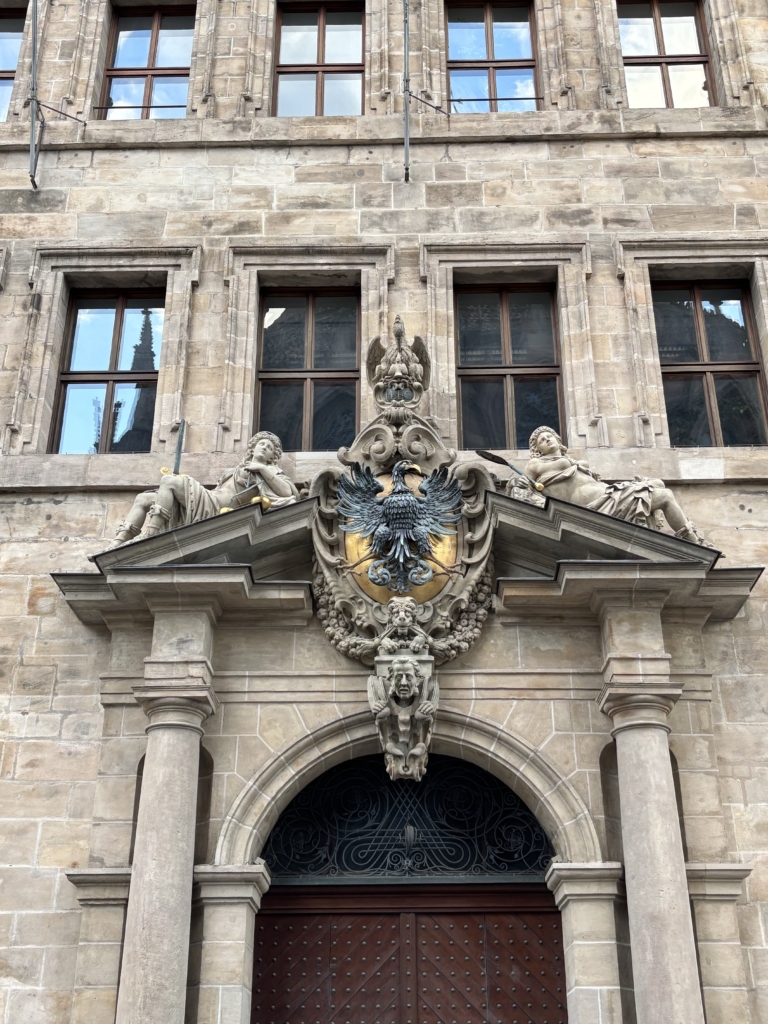
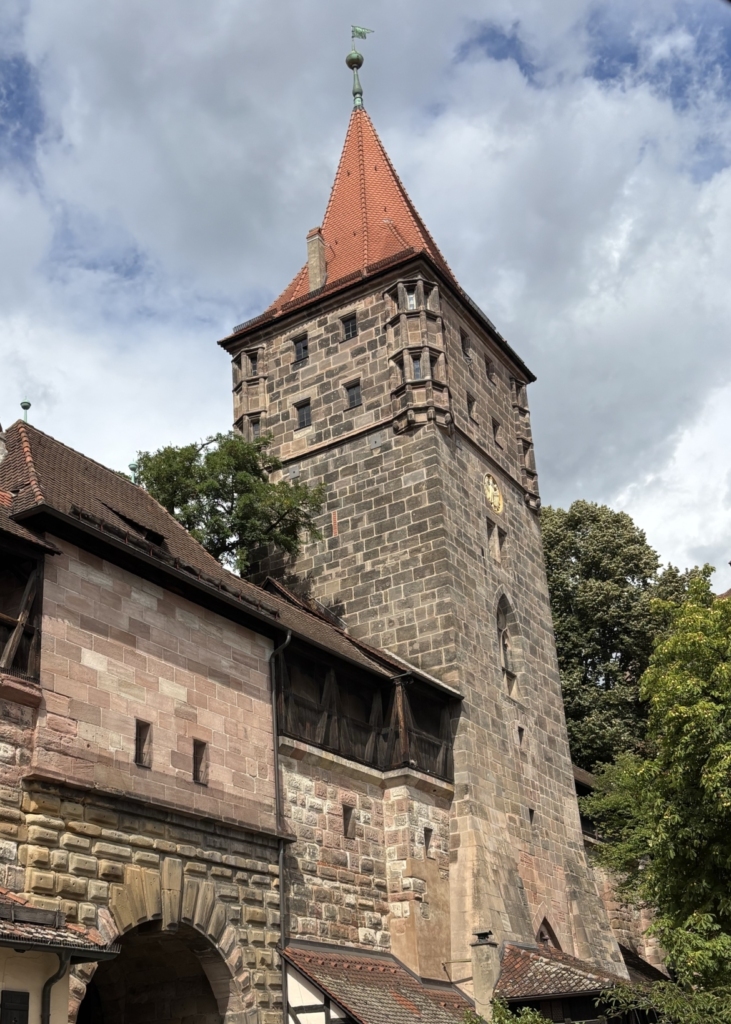
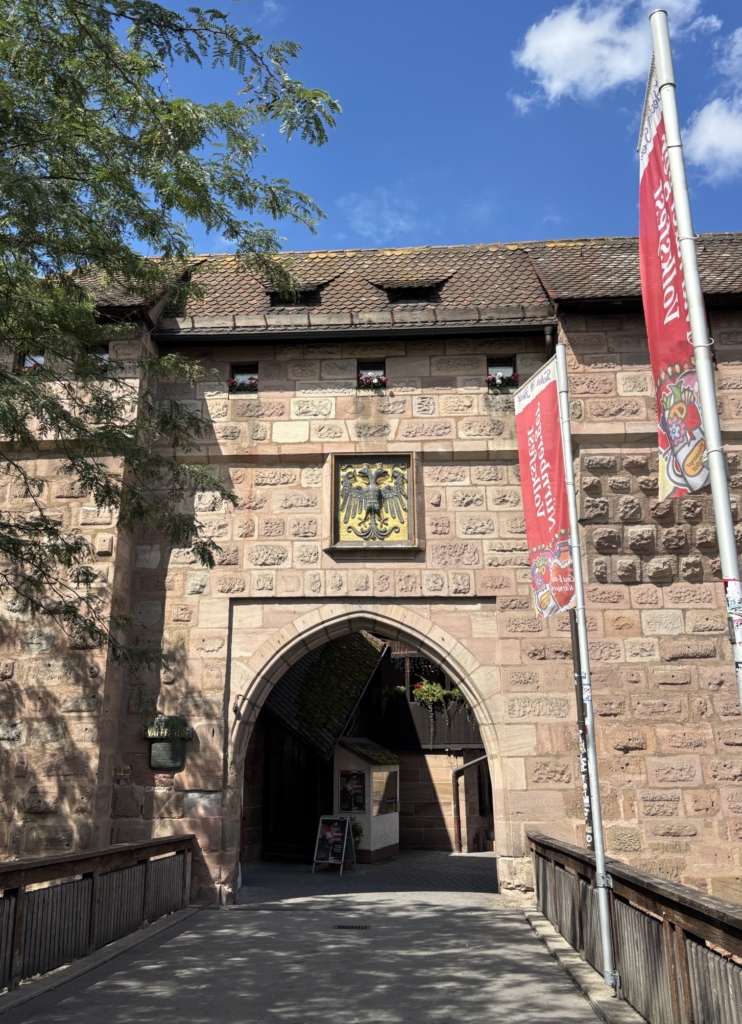
Next, I visited the Germanisches National Museum, which has a large collection of Renaissance works, particularly scientific instruments. These are not commonly seen and bear witness to the evolution of our perception of the world, the stars and planet Earth. On a first hand, the museum houses the famous Behaim Globe, listed as World Heritage since 2023, known to be the world’s earlieast surviving terrestrial globe, commissioned by the Nuremberg council and illustrated between 1492 and 1494. I completely forgot to take a photo of it! In any case, I can tell you that I stood in front of it for several minutes, because its good state of preservation is definitely astonishing.
Here below is another piece of history : a Hundred Year Calendar dating from around 1461, on display in the exhibition on scientific instruments. The rotatable pointers and discs on the central panel help calculate special star constellations and astrological aspects in the period between 1461 and 1560.
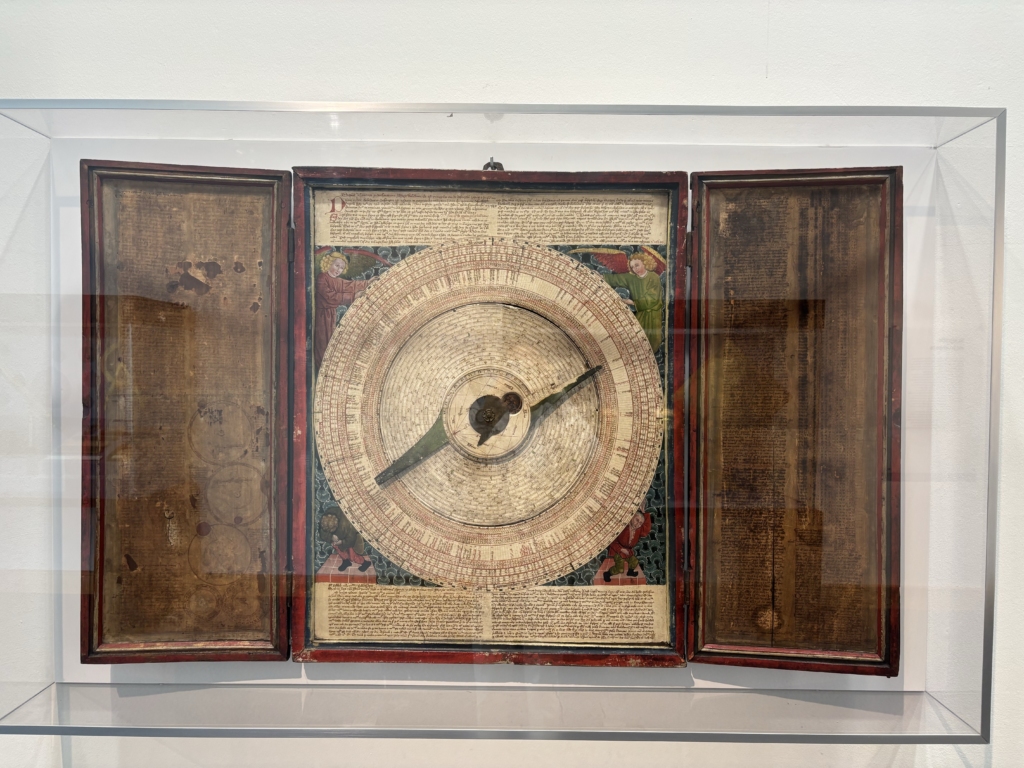
On the morning of my departure, I still had time to visit the Neues Museum, a modern art museum that displays works by Gerhard Richter, a 20th-century German artist (still alive!), and other European artists. Some of the works were really abstract, but still kind of mesmerizing, and one particularly caught my attention… But before revealing the title of the work, try to understand what it is about! The painting depicts a sea of blue divided into several panels, on which commas are aligned with a vertical alphabet (on the far left).
Before I give you the key to the puzzle, take a look at it and try to make connections! Imagine yourself in the room, surrounded by this blue and white ocean…
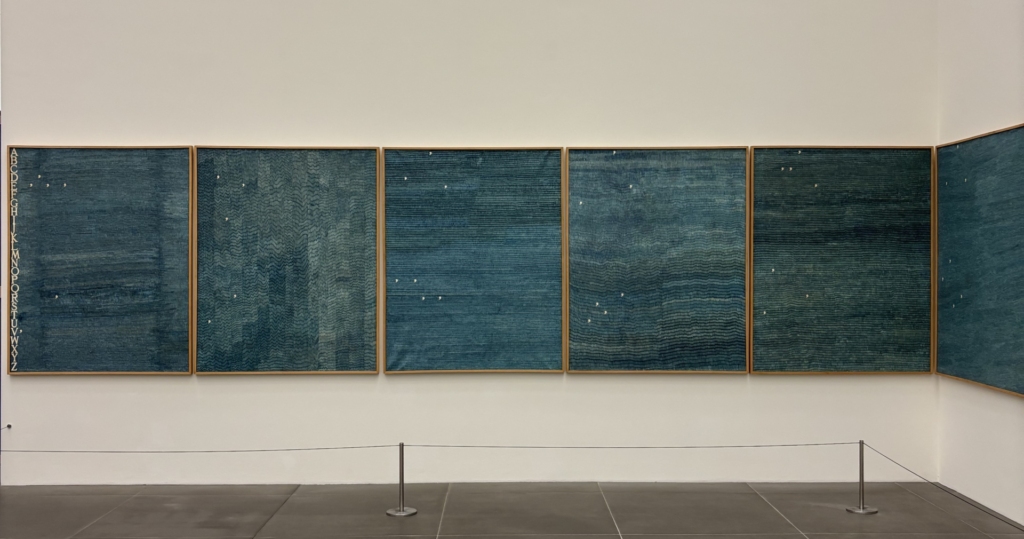
Right, right, right… It turns out that each of the paintings spells out a word using the arrangement of commas: “vedere”, which means “to see”; “udire”, which means to hear; “odorare”, to smell; “gustare”, to taste; “toccare”, to feel; and finally “pensare”, to think! The six senses, which is the title of the work ! I sei senso by Alighiero Boetti. I loved it!
Quite inspiring to travel from the Middle Ages to contemporary culture in one single place… This diversity is further evidence of Nuremberg’s rich history, which has evolved with the times and is brimming with treasures from every era that Germany has experienced.

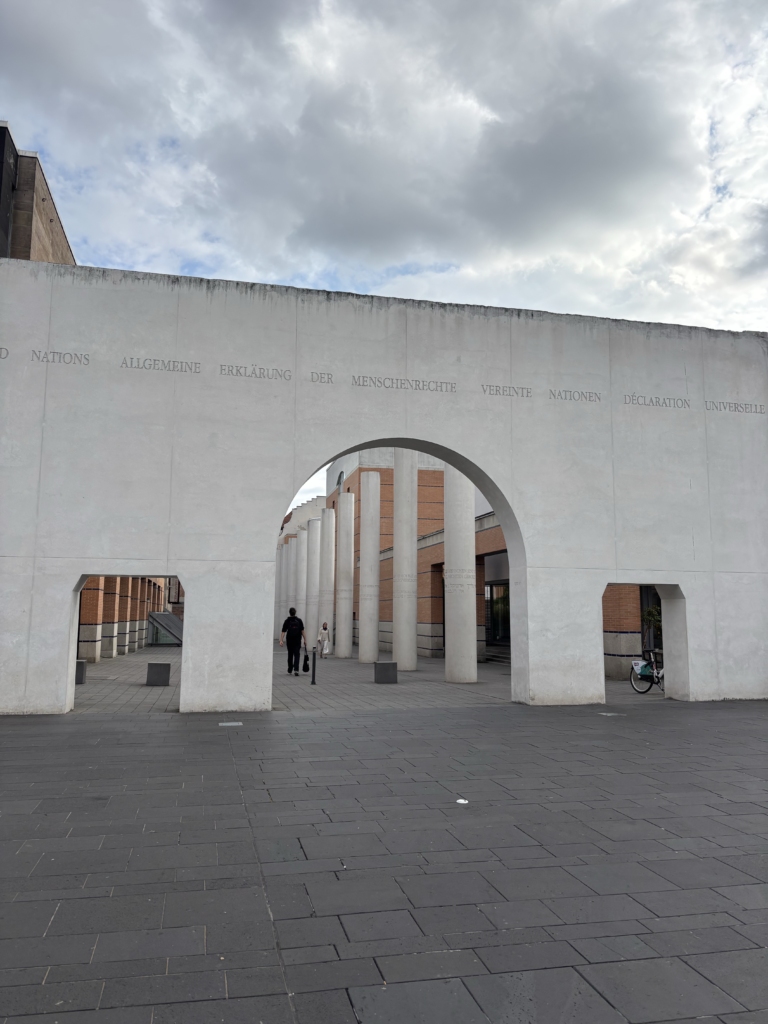
Centuries have passed and may pass again, but Nuremberg is one of those places where, when you walk from one neighborhood to another, you feel transported back to the age of knights and to a more recent past: museums, culture, arts, even toys, every street corner bears witness to the passage of humankind, making Nuremberg an ancient but also modern city, as evidenced by the rich diversity that inhabits it today.
There it is, the mark of our heritage: that it takes different colors to make a beautiful picture, different opinions to make a world, and that small places may hid greater stories than what we can imagine. Let’s be curious and keep our eyes open!
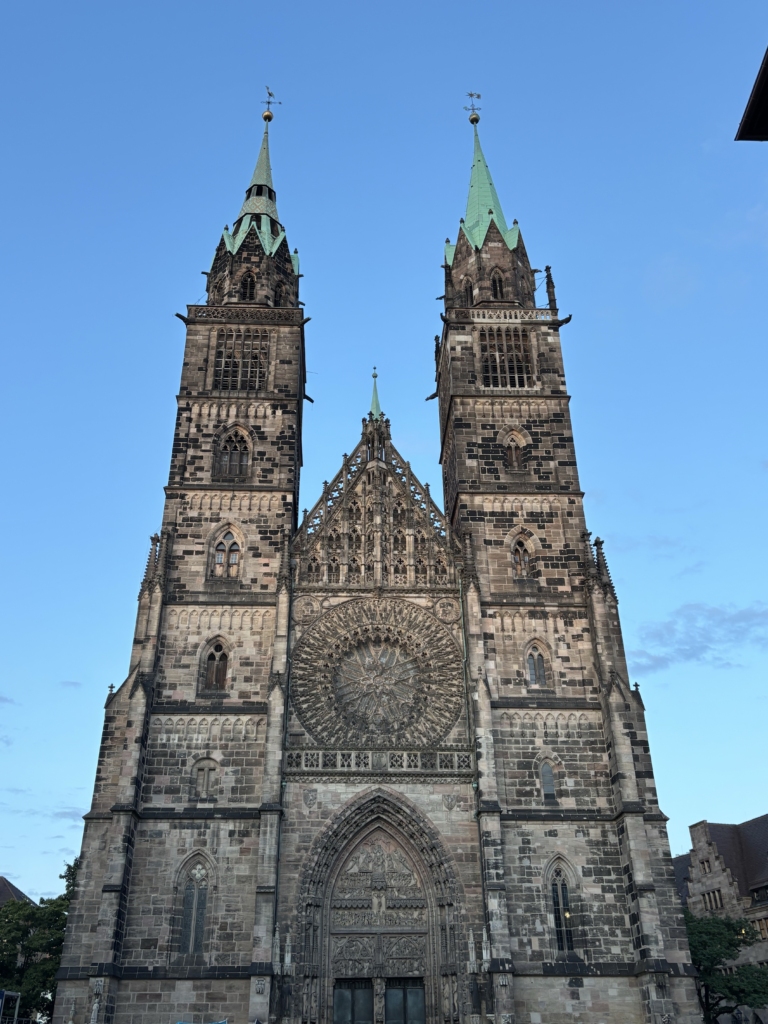
My journey in Nürnberg ends here. See you in Prague, dear travelling companions!


